Spark Plug Replacement
Added 11/7/2006 - Approx. 173 flight hoursAfter 170+ hours of flight, I decided it was time to finally pull all the spark plugs and give them a check. I had pulled 2 or 3 plugs out at about 70 hours, and since everything was running great and those plugs looked perfect, I just stuck them back in and left it be for a while. I still had not been having any operating problems at 170 hours, but it was a good convenient time to pull the top plugs, so I did. I ran them through my spark plug cleaner and reinstalled them for a couple hours so I could shop and think a bit.
I had been reading that many people change their electronic ignition auto style plugs every 100 hours or so, since they're cheap. I didn't realize people would go out of their way to change them that often. Being a car self-maintainer too, I've always just left plugs go for 30, 40, or even 50,000 miles without worry. These days you could probably run a set of plugs 100,000 miles if you wanted, or for sure if you used Platinum or Iridium plugs. But, since everyone else seems to talk about changing at 100 hours, I decided I'd better thing about getting ready for a replacement plan. I think I'll shoot for 100-200 hours, with a target of 150 hours or whenever the most convenient maintenance period is between those 2 times.
As far as the plugs themselves go, I decided to be a bit anal about what I'd settle for during the replacement. Klaus from Lightspeed Ignition sells and recommends Denso W24EMR-C plugs for standard compression engines with his system. The only problem is, they cost $2.95 each from him, and the're barely available in the US from many online dealers, from what I could find. Some builders have chosen to replace their plugs with NGK BR8ES plugs, which are a fine plug and are available locally most anywhere. I don't think this is a bad option, but I do like the cutback electrode "-C" design of the Denso's, and also the fact that they have a nice nickel plating on them. So I searched hard and found that if I ordered in quantity, I could actually buy the Denso plugs for the same or less price than I could the NGK's if I bought them in smaller quantities. I split an order for 60 of them (only 600 hours of time if changed at 100hrs/set), and paid $1.49 each.
With that purchase out of the way, I was reminded by another builder of something I had planned to do....switch to Iridium aviation plugs on the lower plug set that uses a magneto. I could have gone with Iridium plugs on the top too, which would have been great, but I figured with semi-regular plug removals, I'd rather just toss the plugs so that I'd have fresh gaskets and everything on them. That way I also didn't have to worry about corrosion much on the top plugs. But for the bottom, I'd always heard that Iridium plugs were much superior to the standard Massive electrode type, since they are much harder to foul, and they actually have some other superior design items. Since they'll stay in the engine for a long time, it was worth the extra money for a good, long-lasting plug. The big benefit from an operational standpoint is how open and exposed the area around the spark is. You'll notice from the photo below that the center electrode is barely hidden by the ground electrode. This is a vast difference from massive electrode plugs. It allows the flame front a nearly un-impeded burn out in almost all directions. Here's an Autolite Iridium Plug Brocure with some info.
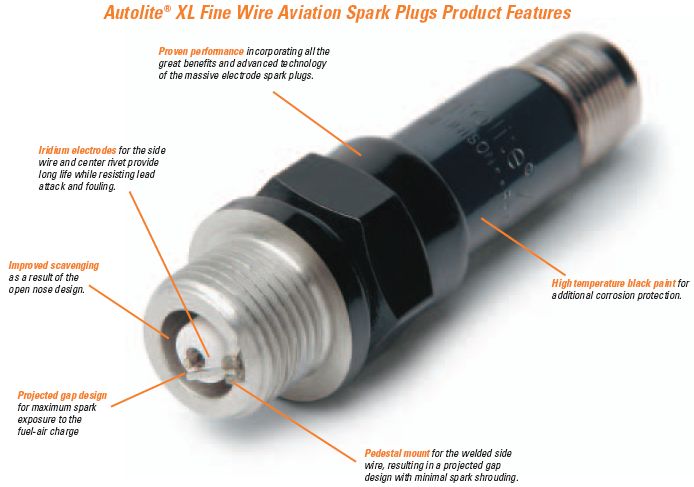
The iridium plugs I bought were Autolite UREM38S plugs, which are the only real good replacement for the UREM40E massive electrode plugs that the engine came with. I plan to sell my very good condition UREM40E's to someone looking for that type of plug, except I'll hold on to 2 of them as spares...one for in the plane, and one for in the shop. You are able to mix and match in any combination between iridium and massive electrode plugs, so having masives as spares should be just fine. I didn't NEED to replace the bottom ones, but I wanted to see how they worked.
How they worked.... On the first flights with 12 new plugs, I noticed that my mag drop is now a bit less on the mag side, and is much closer to the very minor drop that I get on the Electronic ignition side. Hopefully this will stay that way, which indicates to me that I'm getting a little better burn of the mixture with the iridium plugs. They aren't cheap, at $45 each compared to $16 each for massive electrode plugs, but they will oil and fuel foul much less easily. (any plug can lead foul if you don't lean well on the ground)
Below I have some photo clippings that I got while shopping for plugs. Nothing too great, but good photos at least.
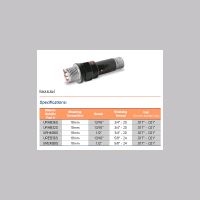
|
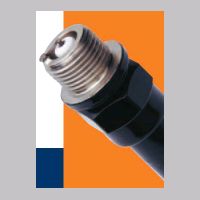
|
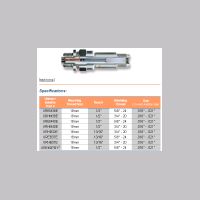
|
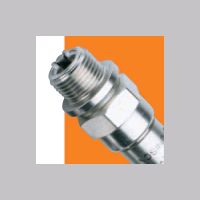
|
| Autolite Iridium Plugs | Autolite Iridium photo | Massive Electrode Plugs | Massive Electrode photo |
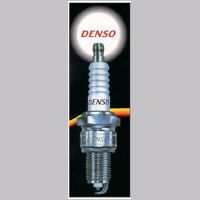
|
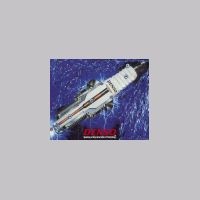
|
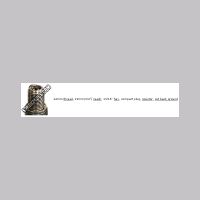
|
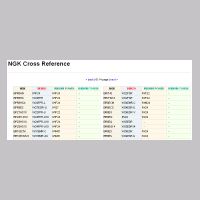
|
| Denso Plug Photo | Denso Plug Photo | Denso Plug Specs | Denso/NGK Cross Ref. |